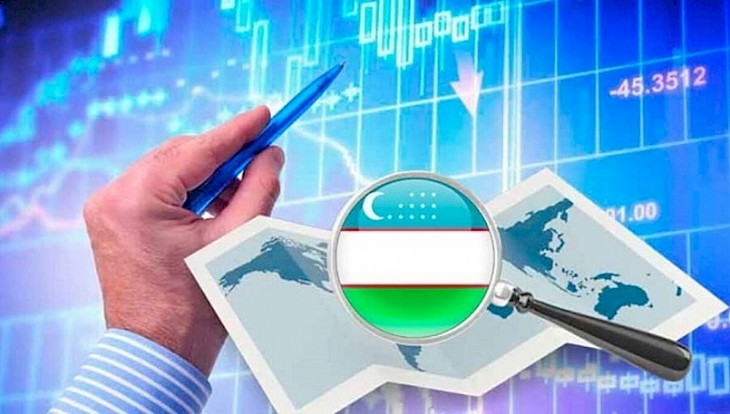Uzbekistan is rapidly emerging as one of the world’s leading models for developing a creative economy, using culture, technology, and entrepreneurship as drivers of sustainable growth, reports the Yemeni agency Hadarmawt.
Under the leadership of President Shavkat Mirziyoyev, the country has been establishing creative industrial parks, clusters, and special funds to support innovative projects, reducing dependence on traditional resources.
Initiatives include integrating artificial intelligence into design, digitizing crafts, and promoting Uzbekistan’s cultural brand on international platforms. So far, more than $500 million in investments have been attracted and over 50,000 jobs created across industries from film production to IT startups.
Experts note that this approach not only preserves cultural heritage but also transforms it into a competitive product in the global market.
At the same time, the creative economy is a relatively new phenomenon for Uzbekistan. Before 2017, the sector was hardly considered an independent area. Only in recent years has the government incorporated creative industries into national development strategies, launching educational programs in digital professions, creating platforms for young entrepreneurs, and stimulating the export of cultural products. The emergence of the first creative hubs in Tashkent and Samarkand marked the transition from local initiatives to a systematic state policy.
For comparison, in neighboring Kazakhstan, the creative economy is only beginning to form: investment in the sector is estimated at about $150 million, with fewer than 15,000 employed. In Kyrgyzstan and Tajikistan, creative industries are mostly limited to handicrafts and small IT projects without major investment. Against this backdrop, Uzbekistan clearly stands out, demonstrating a strategic and comprehensive approach comparable to practices in creative economy leaders such as South Korea and the United Kingdom.
CentralAsianLIGHT.org
Sept. 8, 2025

